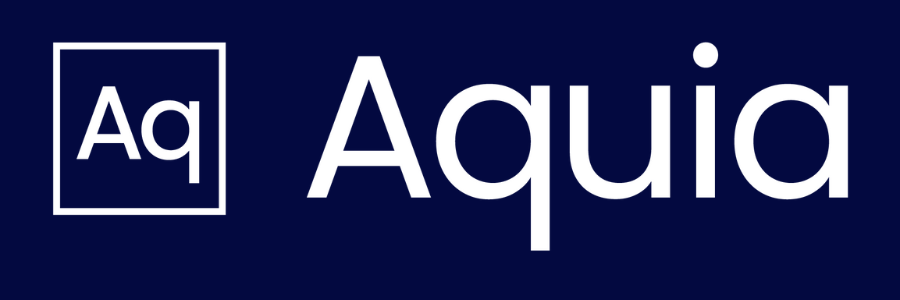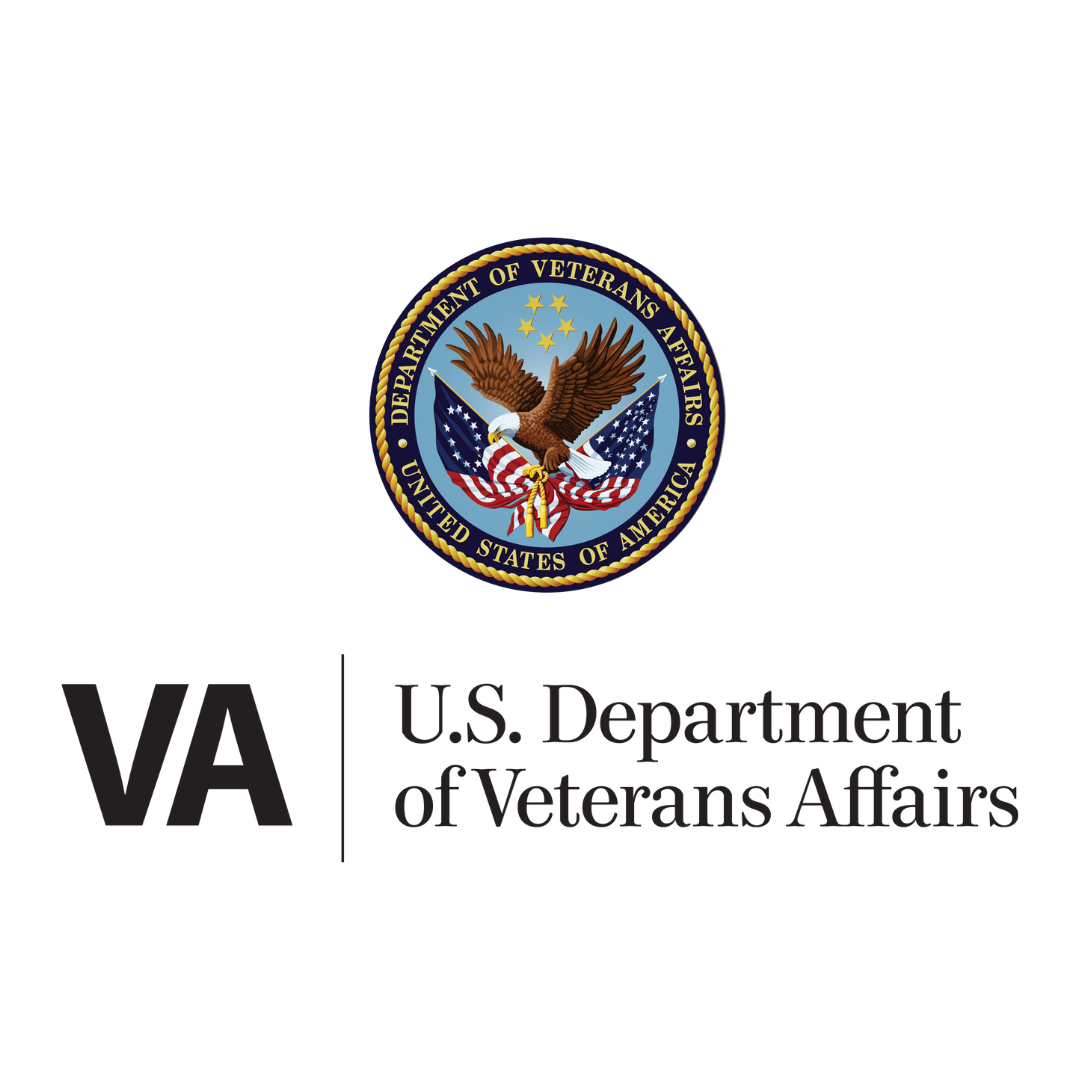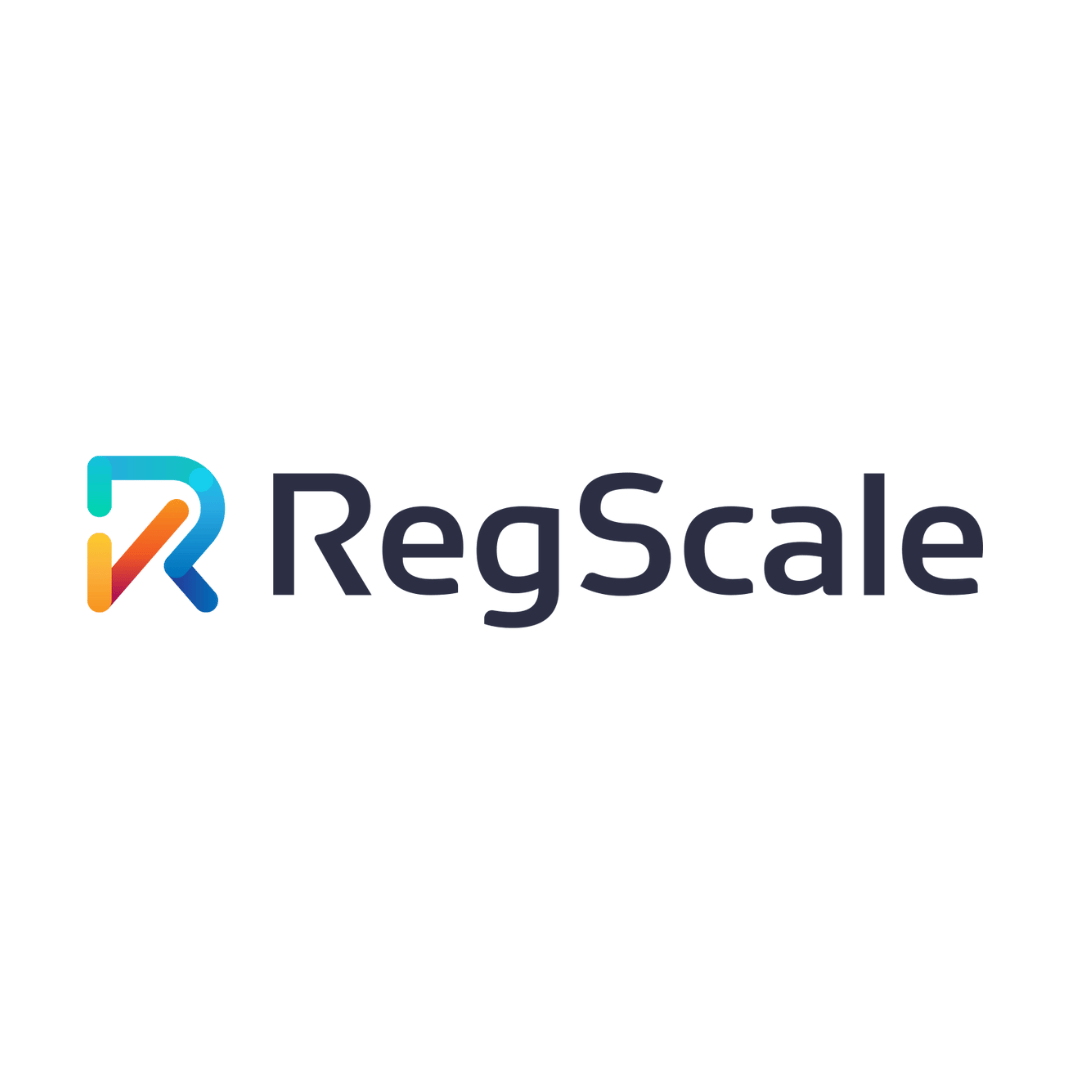SaaS Governance
The rapid proliferation of authorized and unauthorized software-as-a-service (SaaS) solutions presents significant security risks.
Large enterprises are using upwards of 200 different software-as-a-service (SaaS) offerings, compared to two or three infrastructure-as-a-service (IaaS) providers, and only about 30% of organizations have any SaaS security solutions in place, according to studies conducted by Zylo and AppOmni.
SaaS governance (SaaSG) is crucial for managing these diverse SaaS environments, ensuring they are secure, cost-effective, and aligned with business needs.
Contact us today to learn how SaaS governance can benefit your organization.
Our Approach to SaaS Governance
Our approach to SaaS governance encompasses three key stages: discover, manage, and secure.
DISCOVER: Find and inventory the SaaS used across the enterprise. As the adage goes, you can't secure what you don't see or don't know exists. We facilitate the automatic discovery of SaaS consumption across the enterprise and maintain a comprehensive inventory.
MANAGE: Put processes in place to vet SaaS vendors for suitability with organizational or industry requirements around security and compliance, often with frameworks such as HIPAA, SOC2, FedRAMP, NIST, ISO27001, and others, as well as internal organizational security requirements. Here, it is critical to develop a SaaS framework, create processes and procedures, share best practices, and perform a risk assessment, such as Aquia’s Rapid Cloud Review (RCR), to enable businesses to meet their objectives by using SaaS.
SECURE: Understand the data involved, threats, compliance, who has access, and what's at risk. We implement modern SaaS security posture management (SSPM) tools to scan the environments for misconfigurations, vulnerabilities, and compliance deviations; gain insights on third-party risks, facilitate continuous monitoring (ConMon); and develop reporting dashboards for senior leadership and visibility.
These activities are conducted throughout the entire SaaS consumption lifecycle, from evaluation and adoption to usage and decommissioning, ensuring your organization remains secure and compliant.
Benefits of SaaS Governance
-
SaaSG provides crucial oversight of all your SaaS applications, enabling you to mitigate risks such as exposed secrets, information disclosure to unauthenticated parties, data leakage, session hijacking, and phishing attacks.
These threats occur when hackers deceive users into granting access or clicking on malicious links. Employee training on proper use and risk management is essential.
Through SaaS governance, you can enhance your organization’s security by better understanding what SaaS is in use, the level of risk each respective SaaS introduces to your organization, and how data flows, and gain insights into how effective controls are at minimizing chances of a breach.
Our robust SaaS governance framework provides the necessary tools and policies to effectively mitigate cloud risks, ensuring the security and integrity of your organization's data and operations.
-
SaaSG enhances fiscal responsibility by establishing clear ownership and collaboration across the organization.
It educates everyone on the management program and distributes responsibility for SaaS applications.
This makes the enterprise inherently SaaS-conscious, reducing costs from shadow IT, unoptimized licenses, and redundant applications.
By partnering with us to control these costs, spending can be redirected to other areas, promoting efficiency and strategic investments.
-
SaaSG enables organizations to assess whether their current tools meet the evolving demands of the business.
Organizations can optimize their SaaS adoption to enhance productivity and competitiveness by regularly reviewing and aligning tools with business objectives.
This alignment ensures that resources are allocated efficiently and investments in SaaS applications directly contribute to achieving strategic goals.
Additionally, it facilitates communication between IT and business units, ensuring that technology decisions are driven by business requirements, leading to better outcomes.
-
SaaSG also empowers employees by giving them access to approved and secure SaaS applications, enabling them to collaborate, innovate, and achieve their goals efficiently.
Empowering employees with the right tools fosters a culture of productivity, engagement, and continuous improvement.
This empowerment also includes training and support to help employees make the most of the available tools, enhancing their skills and knowledge.
-
In our experience, SaaSG allows for a communication and collaboration system across the entire business.
It ensures that all stakeholders and departments have a voice in the SaaS conversation, promoting inclusivity and diverse perspectives.
Additionally, it ensures that ongoing education about the SaaS governance process keeps employees informed and engaged.
This continuous communication and collaboration foster transparency and teamwork, enhancing overall organizational performance.
By involving all stakeholders in the process, organizations can make more informed decisions and ensure that their applications align with business goals and objectives.
-
SaaS governance simplifies compliance by ensuring organizations adhere to customer data protection and privacy regulations such as GDPR, CCPA, or HIPAA.
It involves monitoring data access, auditing data usage, and maintaining compliance documentation for SaaS applications.
Our approach aligns with industry standards and best practices, including guidelines from the Cloud Security Alliance, to ensure comprehensive compliance.
Saas Governance Best Practices
Establish a Clear Vision
Before implementing SaaS governance, organizations should start by establishing a clear vision for the program.
This includes defining the initiative's purpose, scope, and desired outcomes. By setting a clear vision, organizations can ensure that the governance program is aligned with their overall business goals and objectives.
This vision provides a roadmap for implementing governance practices that support the organization's needs and help achieve its desired outcomes.
Identify and Monitor Your SaaS Inventory
Identifying and monitoring your SaaS inventory is a critical best practice in SaaS governance. It involves creating a comprehensive list of all SaaS applications used across the organization and continuously monitoring their usage and compliance.
This practice helps organizations understand their SaaS landscape, identify potential security risks, and ensure that applications align with business objectives.
Build a Process for Managing SaaS Acquisition
This process should begin with identifying business needs and requirements and evaluating potential SaaS solutions thoroughly.
Once a suitable solution is selected, organizations should implement a process for acquiring and deploying the software, ensuring that it aligns with organizational policies and standards.
Finally, organizations should establish a process for ongoing management and review of the SaaS application to ensure that it continues to meet business needs and compliance requirements.
Rationalize and Right-Size Your Application Portfolio
This involves evaluating your existing SaaS applications to determine which ones are essential for your business needs and which can be retired or consolidated.
By rationalizing your application portfolio, you can eliminate redundant or underutilized applications, reduce costs, and improve efficiency.
Rightsizing your applications involves matching the size of your licenses to your actual usage, ensuring that you are paying the appropriate amount for unused features. This process helps optimize your application portfolio, making it more efficient and cost-effective.
Measure Program Effectiveness With Metrics
Metrics play a vital role in measuring the effectiveness of your SaaS governance program. By establishing key performance indicators (KPIs) and tracking relevant metrics, organizations can assess the impact of their governance efforts and make informed decisions.
Key metrics to consider include the reduction of shadow IT, cost savings from rationalizing applications, compliance with security standards, and user satisfaction.
These metrics provide valuable insights into your governance program's success and help identify improvement areas.
Communicate and Collaborate Across the Organization
Organizations should establish clear channels to inform stakeholders about the SaaS governance program and encourage collaboration across the business.
This involves communicating the program's goals, benefits, and progress to ensure that all stakeholders are informed and engaged.
Additionally, organizations should foster a culture of collaboration, where different departments and teams work with SaaS providers to achieve common goals.
Continuously Monitor and Review
This practice involves regularly assessing your SaaS applications, usage, and compliance to identify any issues or areas for improvement.
This ensures that applications are being used effectively, costs are optimized, and security measures are adequate.
This ongoing assessment allows you to adapt to changes in your organization and the SaaS landscape, ensuring that your governance practices remain effective over time.
Establish Clear Policies and Procedures
This involves defining rules and guidelines for the acquisition, use, and management of SaaS applications.
Clear policies and procedures help ensure that SaaS usage aligns with business objectives and complies with regulatory requirements.
They should cover aspects such as data security, user access, application usage, and compliance monitoring.
By establishing clear policies and procedures, organizations can reduce the risk of data breaches, improve operational efficiency, and ensure that SaaS applications are used responsibly.
Embrace Automation
Automation can streamline various aspects of governance, including inventory management, compliance monitoring, and security assessments.
By automating these processes, organizations can reduce manual effort, improve accuracy, and ensure consistency across their SaaS environment.
Automation also enables organizations to respond quickly to changes and threats, enhancing their overall governance posture.

We are laser-focused on driving transformative change.
Our team led the creation of the Cloud Security Alliance's (CSA's) SaaS Governance Best Practices for Cloud Customers guide, integrating hands-on experience from 30+ contributors worldwide. Today, we are working with the Centers for Medicare & Medicaid Services (CMS) to create their first-ever SaaS governance program.
Get Started Today
Implementing a SaaSG program can rapidly reduce your organization's risk, enhance your security posture, ensure compliance, and increase visibility into SaaS consumption. In working with Aquia, you can implement a comprehensive assessment and authorization framework, optimize your SaaS spend, and outsource ongoing program management — allowing your team to focus on competing priorities.
Request a Consultation
We’re in good company.

















